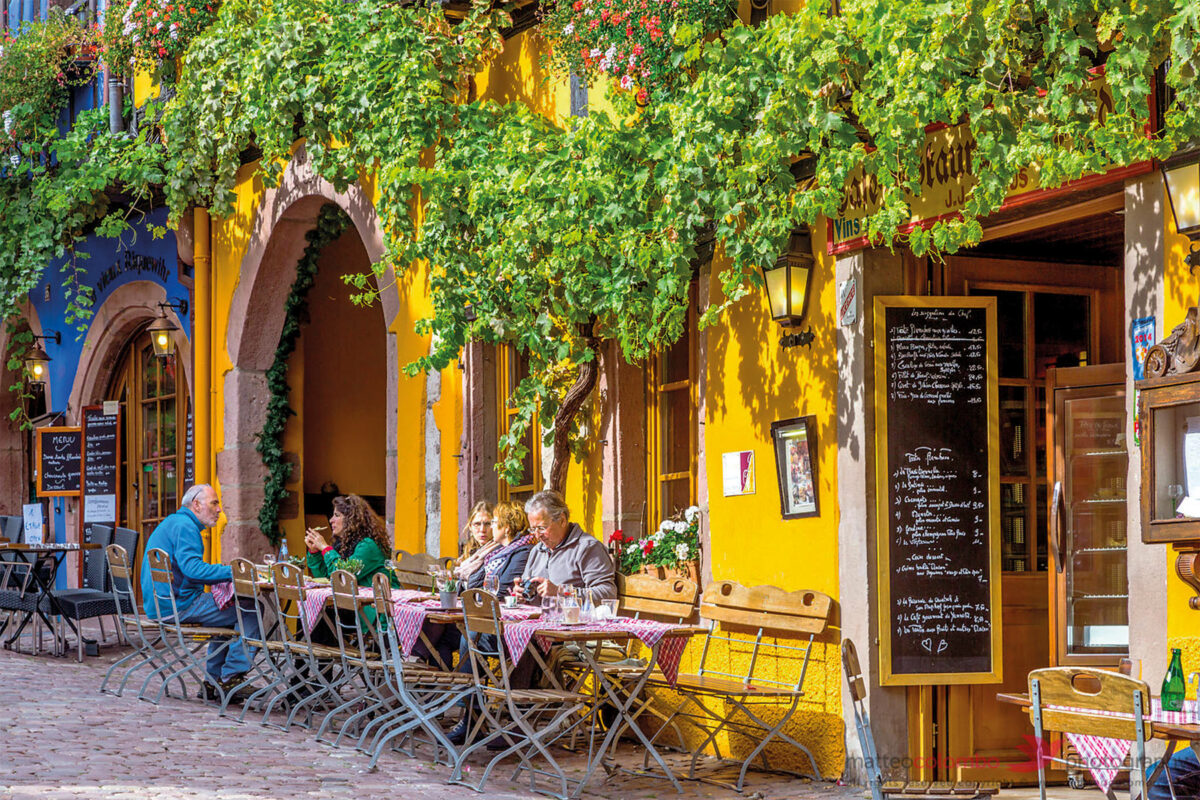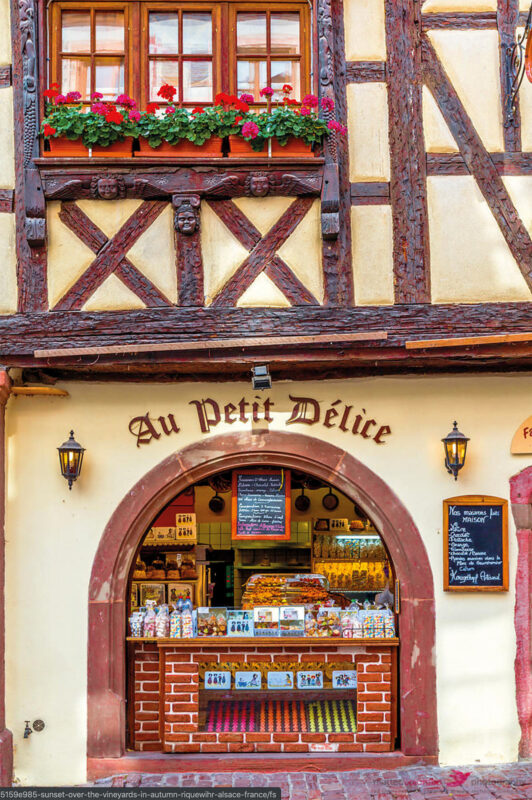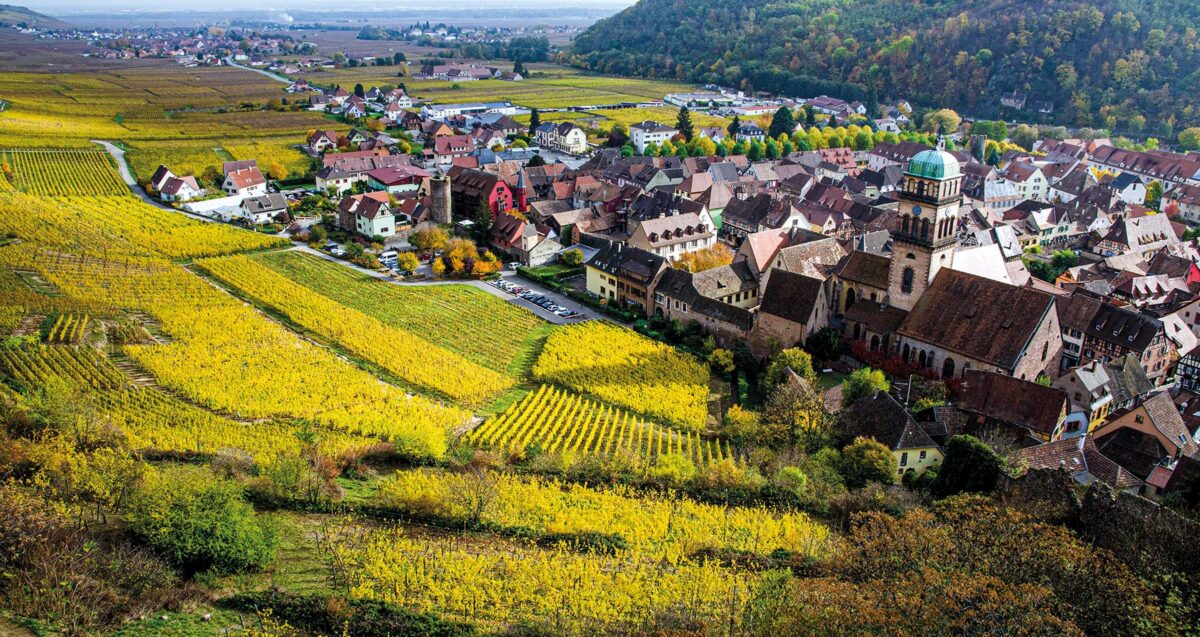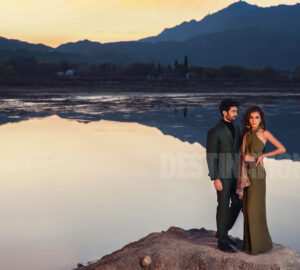London-based, award-winning financial journalist and writer, Maha Khan Phillips takes a family holiday in France.
Accompanied by her husband and son, the trio first goes exploring Lyon – a buzzing urban center with exceptional food (about 20 Michelin-starred restaurants!), incredible artwork and stunning UNESCO World Heritage Sites- before moving on to the rolling French countryside in Burgundy.
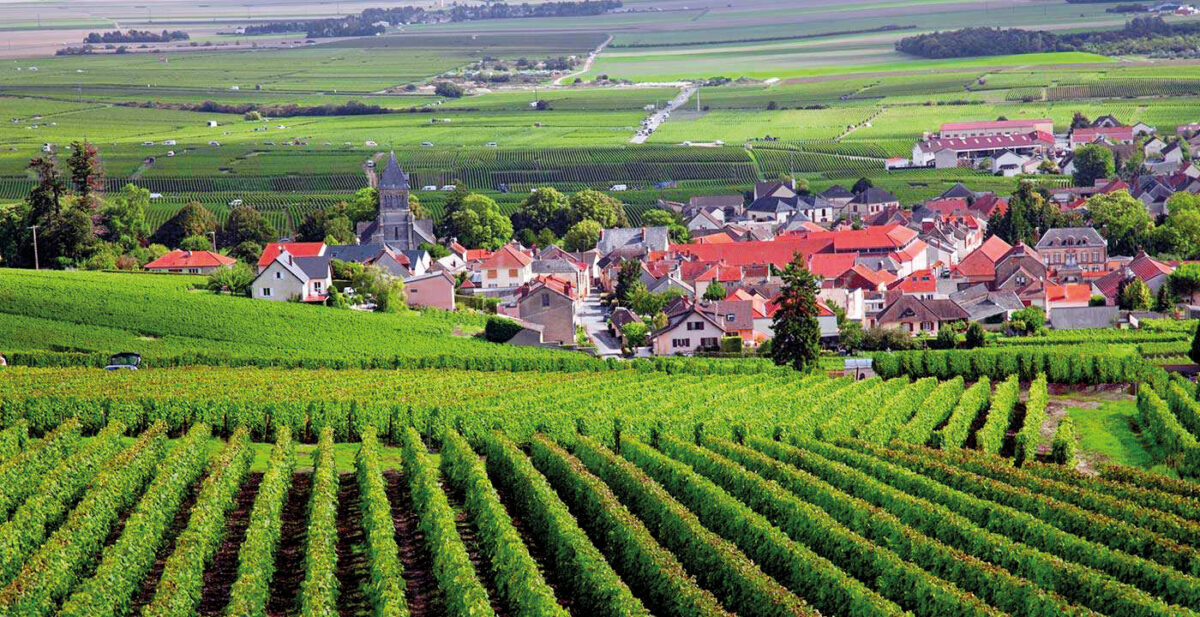
With its heritage architecture, verdant landscape and again, UNESCO World Heritage registered ‘Climats’, the Phillips family stay and spend time with close relatives in this exceptionally picturesque region.
As she pens down her reflections on Lyon, her nephew, Bastien Lacôte reaches out to DESTINATIONS’ international readership with an exclusive native perspective on his homeland, Burgundy.
It is also here that Maha Khan Phillips reconnects with good friends, Jean-Francois Cautain, EU Ambassador to Pakistan between 2015 to 2019, and his charming wife, Sonia. In addition to their old connection and deep love for Burgundy, Cautain talks to her about their time spent in Pakistan and how it continues to inspire them.
Read on to discover a side of France that lies beyond the wildly popular tourist hubs of its capital city and its southern coastline. It is truly magical.
A Pakistani in lyon
By Maha Khan Phillips
Financial journalist and writer, Maha Khan Phillips visits Lyon and finds herself enchanted by the echoes of the past. She weaves her way through an infinite number of traboules (medieval passageways used by the city’s ancient silk manufacturers) as she soaks in the sights and sounds of a town rich in heritage, art, architecture. She also revels in the culinary delights of this city; dubbed as the gastronomic capital of France, it is the epicenter of French cuisine and home to no less than 20 Michelin starred restaurants.
I am standing in the heart of Le Vieux Lyon, the oldest district in France’s third largest city, and for a moment, I close my eyes.
I immerse myself in medieval times. I’m surrounded by silk weavers and textile merchants, and bustling carriages on busy cobblestone streets. I am listening to the lively sounds of industry and commerce of times gone by.
I open my eyes, and the picture changes… but not as much as you would think. Here in the old part of Lyon – a city I’m visiting with my husband Damien and my son Rohan – there are echoes of the past everywhere – particularly of the Renaissance. We explore a few of Lyon’s 500 traboules, little medieval passageways built by the silk manufacturers to cut through buildings and get access to the river. These traboules wind their way through the courtyards of the buildings, painted in hues of terra-cotta and a range of other pastels. As we walk through a courtyard of one of them, we pass what I think can only be Rapunzel’s tower. Only 40 of these traboules are still open to the public, and many are in the heart of residential buildings. I wonder at the endless patience of these residents, dealing with the droves of tourists, eager to get a glimpse of what’s hidden.
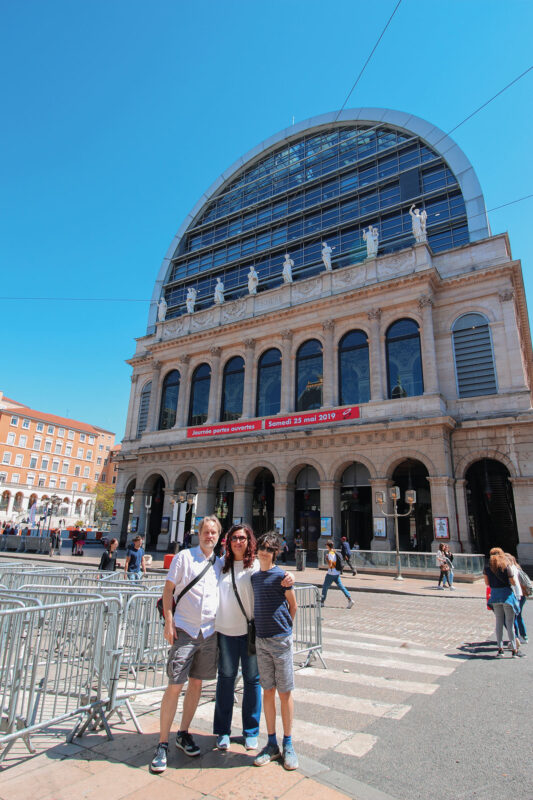
The traboules are only a small part of what Le Vieux Lyon, and indeed the rest of Lyon, has to offer. This is a city with a rich heritage, with plenty of gems to explore. Damien’s cousin Christine takes us on a pedicab tour of the city, our charming tour guide pedalling around in his would-be rickshaw, showing us the highlights. I stop to gaze at the astronomical clock in the breath-taking Lyon Cathedral, before we take the funicular to Lyon’s most famous Basilica – the Basilica of Notre-Dame de Fourvière. The Basilica was completed in 1884, and built in honour of the Virgin Mary, who, it is said, saved Lyon from the plague that swept across Europe in 1643. Every year, residents thank Mary for saving Lyon by lighting candles throughout the city, in what is now known as the Fête des Lumières, or The Festival of Lights. Christine tells me I must come back in December to see how beautiful Lyon becomes when the lights turn on. The Basilica is beautiful, but I find the views of the city below to be even more so.
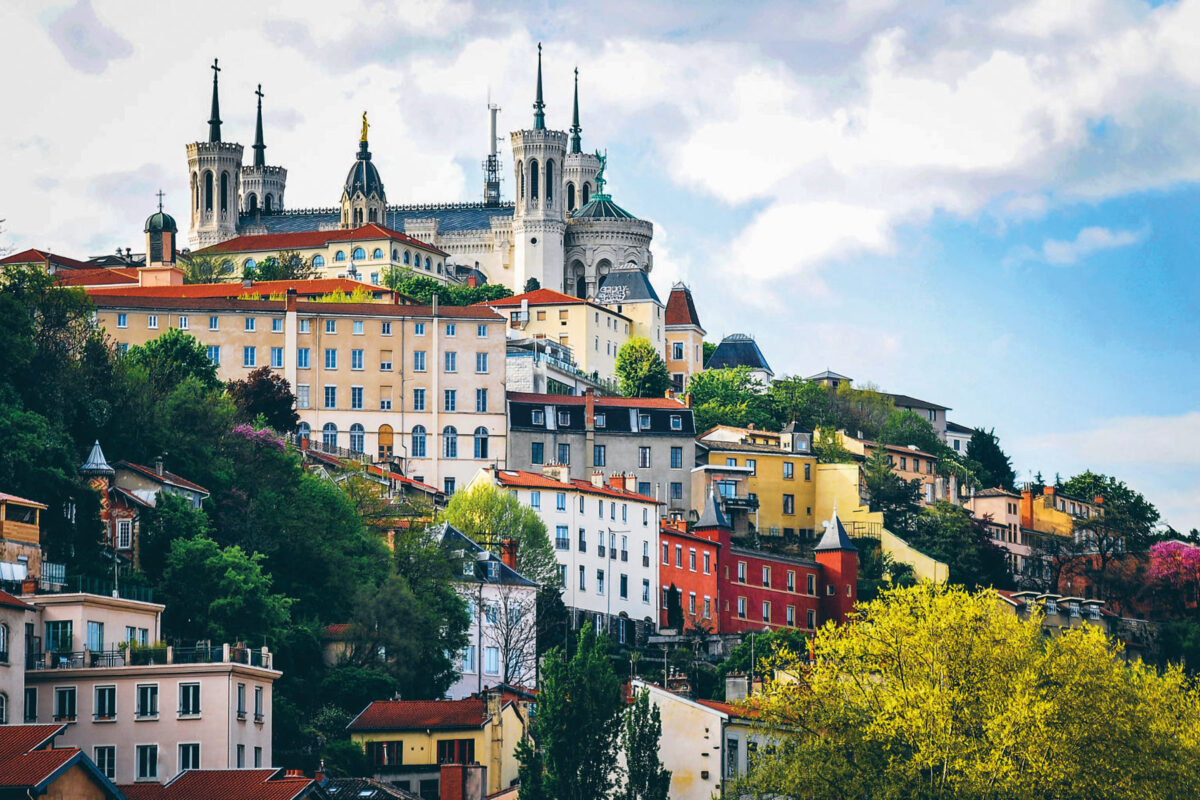
Damien and I are archaeology geeks, and so we leave the Basilica to visit the city’s Roman sites, stopping first at the Amphitheatre of the 3 Gauls of Lugdunum (Lyon). Once more, history seeps through to present day, as we sit down in the amphitheatre, bask in the sun, and listen as a sound check takes place for an upcoming musical event. The music reverberates through the ancient foundations, and once again I find my eyes closing, as I bring past and present together. Our son, Rohan, jumps up and down the ancient Roman stands, exploring every corner.
But Lyon is not just for history buffs. Dubbed the gastronomic capital of France, it is a thriving and buzzy, and it is no surprise that it has some of the highest concentrations of restaurants per capita in the whole country. The food is simple, wholesome, rustic and hearty. The city is known for its bouchons – small, family run bistros that offer many local dishes. Damien and I eat far too much steak, and Rohan eats far too much crème caramel.
Lyon is also an open air gallery, famous for its frescos. The one we pass celebrates the city’s most famous residents – among them, Antoine de St-Exupéry with his Little Prince.
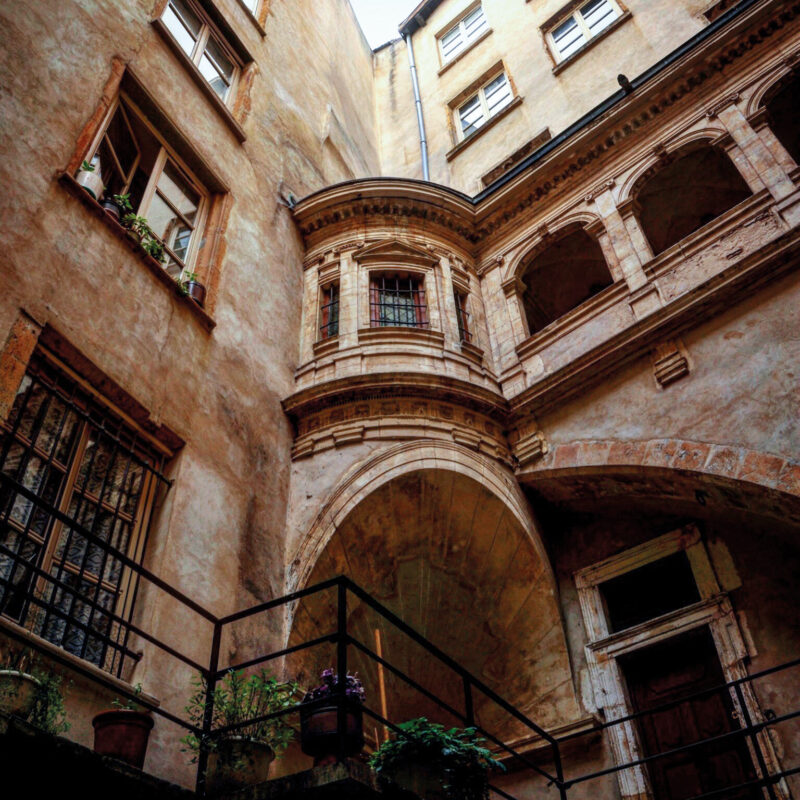
We eat well, and tour the city. After a few lazy days of exploration, we make our way north, to the farmlands of Burgundy, the landscape a rich tapestry of greens, hilly in part, and flat in others, dotted with vineyards and cows and stone built villages. We have come to stay with Christine and her husband Patrick, and their children Bastien and Vanina, in their beautiful farmhouse in Champlieu.
We explore nearby marvels, such as the town of Martailly-lès-Brancion, once an important regional centre for the Dukes of Burgundy, and now, a living, breathing medieval village with a covered market, an old, frescoed church, which dates back to the 12th century, and a feudal castle which dominates the skyline.
By the end of our visit, we have spent time with family, done plenty of walking and exploring, and eaten far too much baguette. But Lyon, and the wider Burgundy region, is a place I have, and will, visit over and over again. In so many ways, it feels timeless. We are sad to leave, but we know we will be back.
Welcome To my burgundy
By Bastien Lacôte
Burgundy native, Bastien Lacôte is a proud son of the soil. Once a duchy more formidable than France itself, this lesser-explored region has a great deal to offer. While it is world renowned for the wine it grows, Burgundy is dotted with Renaissance chateaux, medieval abbeys and fortified villages. It offers panoramic views of the rolling countryside and in its heyday, its territory stretched as far as Holland in the north and all the way to Flanders in the east. Here’s some local perspective on the cultural and historical supremacy of the area as well as an update on the current social scenario.
As with any French region, Burgundy has its own landscape, its own history and its own identity. It finds itself wedged between the Paris region in the north, and the Lyon region in the south. Burgundy takes benefits from its geographic location as much as it suffers from it. The A6 “sun motorway” crosses the region and links the French capital to its little sister from the south along the Saône valley. As a result, Burgundy plays the role of a corridor. Many tourists buy gas in one of the rest areas which are strewn along the highway, but not a lot of them stay and visit the region. As a Burgundian, I am saddened that my province is ignored, because I know how charming it is.
In the Middle Ages, Burgundy was capable of challenging the Kingdom of France. The region aimed to be an Empire between the IXth and the XVth centuries, by controlling one part of the Netherlands for instance. During the Hundred Years War, Philippe le Bon didn’t hesitate to create a strategic alliance with Great Britain against the King with the Treaty of Troyes. Some vestiges of this hegemonic period are noticeable if you visit the Palace of the Dukes of Burgundy in Dijon or the Hospices de Beaune.
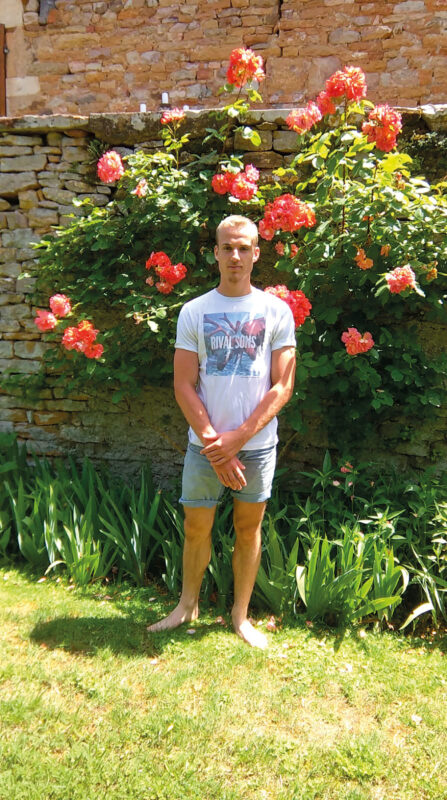
Even nowadays, the region is well-known for its gastronomy and its agricultural influence. The primary sector is well represented whether it is with breeding (Charolaises, Morvandelles, Bresse chickens, snails…) or crops (wheat and barley).
I’m glad to have grown up among these lush landscapes. My father is a farmer and I have always lived surrounded by fields and animals. Despite the solitude that characterises rural life, the living conditions here are most enviable.
Burgundy is of course most famous for its wine – with villages such as Chablis and Nuits-St-Georges known throughout the world. In this region, people like me start drinking it early, and learn to appreciate it. Wines of Côte de Beaune, Côte Chalonnaise, Nuits or Mâcon, are all recognized among the best of the best and these ‘Climat’ – wine growing plots – are registered as world heritage sites by UNESCO.
However, speaking from a totally local perspective, I would say the only handicap of Burgundy is not its lack of places to see and experiences to take in, but rather its lack of attractiveness for the youth. Dijon absorbs most schools and jobs. Some students from the south of the region, like me, prefer going to Lyon to the University, because there we have greater professional opportunities. As a result, Burgundy has an aging population and struggles to attract or to keep young people which is a shame because it has so much to offer.
This region is blessed in so many ways: it maintains a powerful identity; a history that its inhabitants take pride in, and vistas that wow even the most sophisticated of travellers. So next time you find yourself in France, do make a stop- you will be pleased you did.
When Burgundy meets Pakistan
Jean-Francois Cautain served as EU Ambassador to Pakistan between 2015 and 2019. He and his charming wife Sonia share a special connection with Burgundy. Here in an open conversation with Maha Khan Phillips, amongst other things they talk about their love for this historical region, their time spent in Pakistan, as well as reopening and preserving the second oldest restaurant in France while discussing the possibility of experiencing with French-Pakistani fusion food to delight local tastebuds.

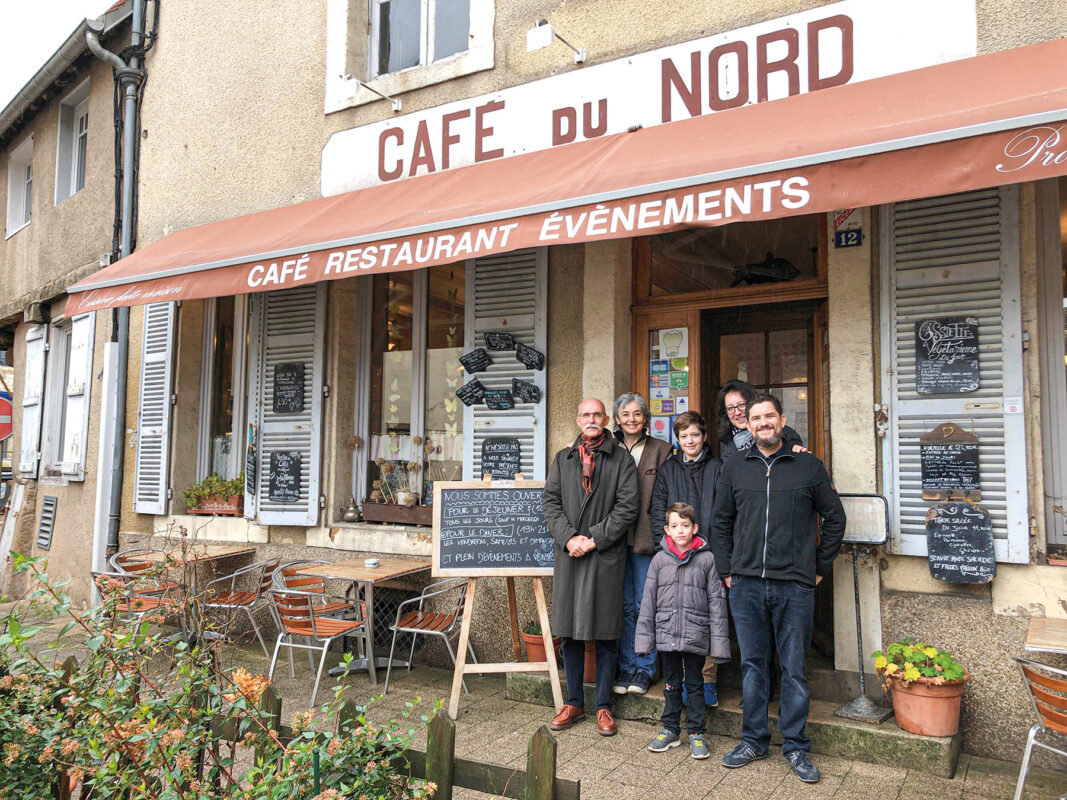
Tell us about your connection to Burgundy, and what is most special about the region, to you?
My connection to Burgundy goes way back in time as my family lineage has been tracked down to Viévy, a very small village of Côte d’Or County, in the 1700’s. This village is a few kilometres away from Arnay-le-Duc where we, my wife and I, own our restaurant Café du Nord. So I can say that some of my roots are definitely there! I love the diversity of landscapes in this region: the vineyards, the Charolais (white colour) cows grazing in the surrounding fields, the very large protected Parc du Morvan and its forests… This area of Burgundy is still very rural, and we love it and want to preserve it exactly for that. This is the place where my close family – wife and our now two grown up sons – consider as our meeting place – despite living in different countries, we try to reunite at several times a year in Burgundy. Because of its nature, silence, and beauty, it is a real source of calm, serenity and energy for all of us.
You own the very sumptuous looking Café Du Nord in Burgundy, which serves local products in a really rustic, authentic way. Tell us about what attracted you to Café Du Nord, and your plans for it.
When I and my wife visited the Café du Nord in 2011, the café was closed, but we immediately fell in love with the place. The Café du Nord has been a café / restaurant / auberge since 1738, which makes it the second oldest restaurant in France (after Le Procope in Paris 6th). We feel humble and honoured to be the ones who reopened, and now preserve, this remarkable house. We kept its deco intact and now we run it still as a café of course, but also as a restaurant catering fresh, local and as much as possible organic products. Since 2012, we have been developing a small but strong network of local farmers, producers, breeders, winemakers, cheese makers, and bakers: all the meals we cook and serve at our restaurant are entirely made of local and high quality products. Because our primary end is to serve the local community, we also organise many cultural and festive events (movies screening, concerts, conferences…) all through the year.
If you could give one piece of advice to a Pakistani visiting Burgundy, what would it be?
Well, Burgundy has some real jewels to offer (numerous ancient monuments, castles and churches) of architectural beauty (to name only a few: Vezelay, Fontenay, Cluny, …) and very well preserved cities such as Dijon, Beaune, Autun … But you have to spend some time along thssde famous wine coasts as well: Côtes de Beaune, de Nuits, Châlonnaise and Mâconnaise. Let me also give you one advice, especially if you travel as a family: you have to visit the Château Fort (medieval castle) de Guédelon (www.guedelon.fr ). It is located near Auxerre in Yonne County. The team there will explain you how they build stone by stone this fantastic Middle Age castle using only the techniques and material of the time. Everything is made manually, according to the Middle Age building techniques. It is a fascinating, very inspiring, and to my knowledge unique project of that sort. Worth taking a guided tour!
You’ve spent years in Pakistan as EU Ambassador, and we are sad to see you go. What have been the highlights, for you?
Yes, I was the European Ambassador to Pakistan from 2015 until 2019, but had lived before in the city of Peshawar (1994 – 1999, and 2001-2002) so, as you can see, I am very fond of Pakistan. Beside the multiple diplomatic matters I had to deal with which made my posting in Pakistan so fascinating, the highlights of my stay were the numerous opportunities I had to travel all around Pakistan.
Of course Lahore, Karachi, and Peshawar are the main cities where many diplomats go. But I was fortunate to go beyond these traditional destinations going to Quetta, the Northern areas, the former FATA region, Sukkur, Multan, Bahawalpur, Jal Magsi, Pishin and many other places. It was a privilege to meet with Pakistani people from all ways of life in all these places, to discuss with and to discover the richness and diversity of all aspects of the Pakistani culture.
Are there any misconceptions about Pakistan in France?
Well, this is a very relevant question, unfortunately. I have been trying to rectify the misconceptions my fellow EU citizens have developed regarding Pakistan, but we have to do more on that, by developing stronger cultural and people to people ties. I have been trying to encourage both sides to bridge some gaps, lift some misunderstandings and will continue to be a good “Ambassador” for Pakistan in the future!
If you could serve one Pakistani dish at Café du Nord, what would it be….
The meals we serve are in the pure tradition of French / local (Burgundy) cuisine, but since 2015 we have been working with different international chefs (currently one of two our chefs is Eritrean) and have been adding spices from Africa and Asia to traditional French recipes. I am not saying that you will find Chicken Karahi or Biryani at our Café du Nord, but you might find some sort of “fusion” mild curry that will surprise you!



